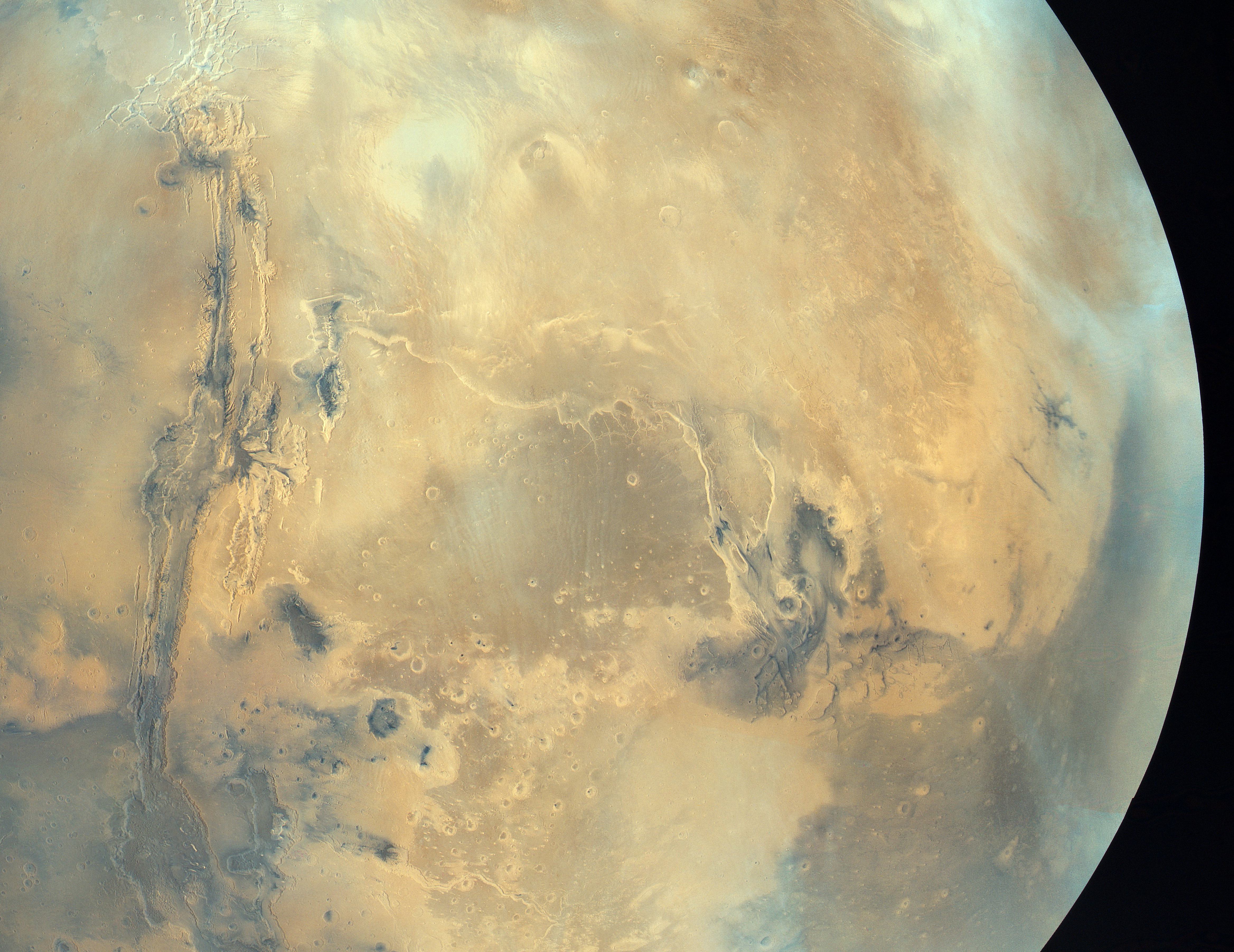
NASA recently announced that Mars is spinning faster and its days have shortened.
Five years ago, NASA placed a revolutionary mission on the surface of Mars called InSight. It has since died, after Martian dust covered InSight’s solar panels and cut off its energy. Nevertheless, data gathered in its primary and extended missions continues to reveal new traits of the Red Planet.
The latest finding suggests that Mars’ spin is ever-so-slightly accelerating, though the cause is still unclear.
“It’s really cool to be able to get this latest measurement — and so precisely,” Bruce Banerdt, InSight’s principal investigator, shares in NASA’s August 7 announcement about the discovery. “I’ve been involved in efforts to get a geophysical station like InSight onto Mars for a long time, and results like this make all those decades of work worth it.”
How fast is Mars spinning?
InSight, which stands for Interior Exploration using Seismic Investigations, Geodesy, and Heat Transport, had an instrument through which astronomers could play ping-pong.
The ball in this celestial game was radio waves. Astronomers would send a signal to InSight via the Deep Space Network, and the lander would reflect it back, using an instrument called RISE, short for Rotation and Interior Structure Experiment.
Tiny changes to the radio signal’s frequency — caused by the same effect that makes the music from a moving car change pitch as the driver moves towards or away from the listener — became apparent across data from 900 sols, or Martian days. And they noticed that Mars’ spin was accelerating.
The changes they saw were “just a few tens of centimeters over the course of a Martian year,” Sebastien Le Maistre, RISE’s principal investigator and lead author of the paper, shares in the NASA announcement.
Le Maistre and the team found that Mars’ rotation is accelerating by about 4 milliarcseconds per year squared. This shortens the Martian day by a fraction of a millisecond per year.
Mars’ core is also wobbling
In addition, the team found that Mars’ core has a wobble. It’s attributed to molten material at the heart of the Red Planet sloshing about.
This deep look helped the team to estimate that the core’s radius is between 1,112 and 1,150 miles across. RISE data played a role, when combined with other research on marsquakes piercing through or bouncing off Mars’ core.
The last time InSight made contact with Earth was in December 2022, but scientists are still looking at what the lander found, planted in place and listening to the interior of Mars.







